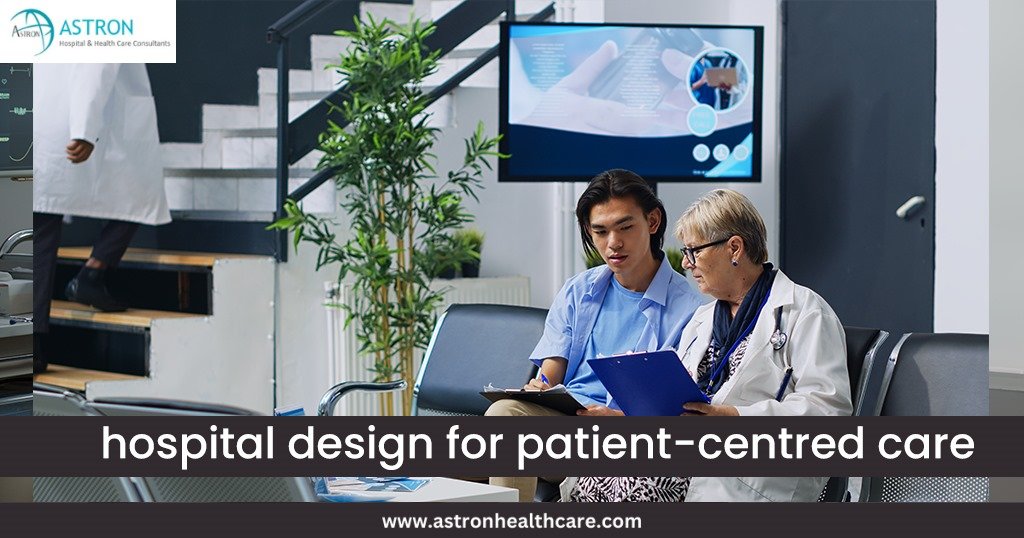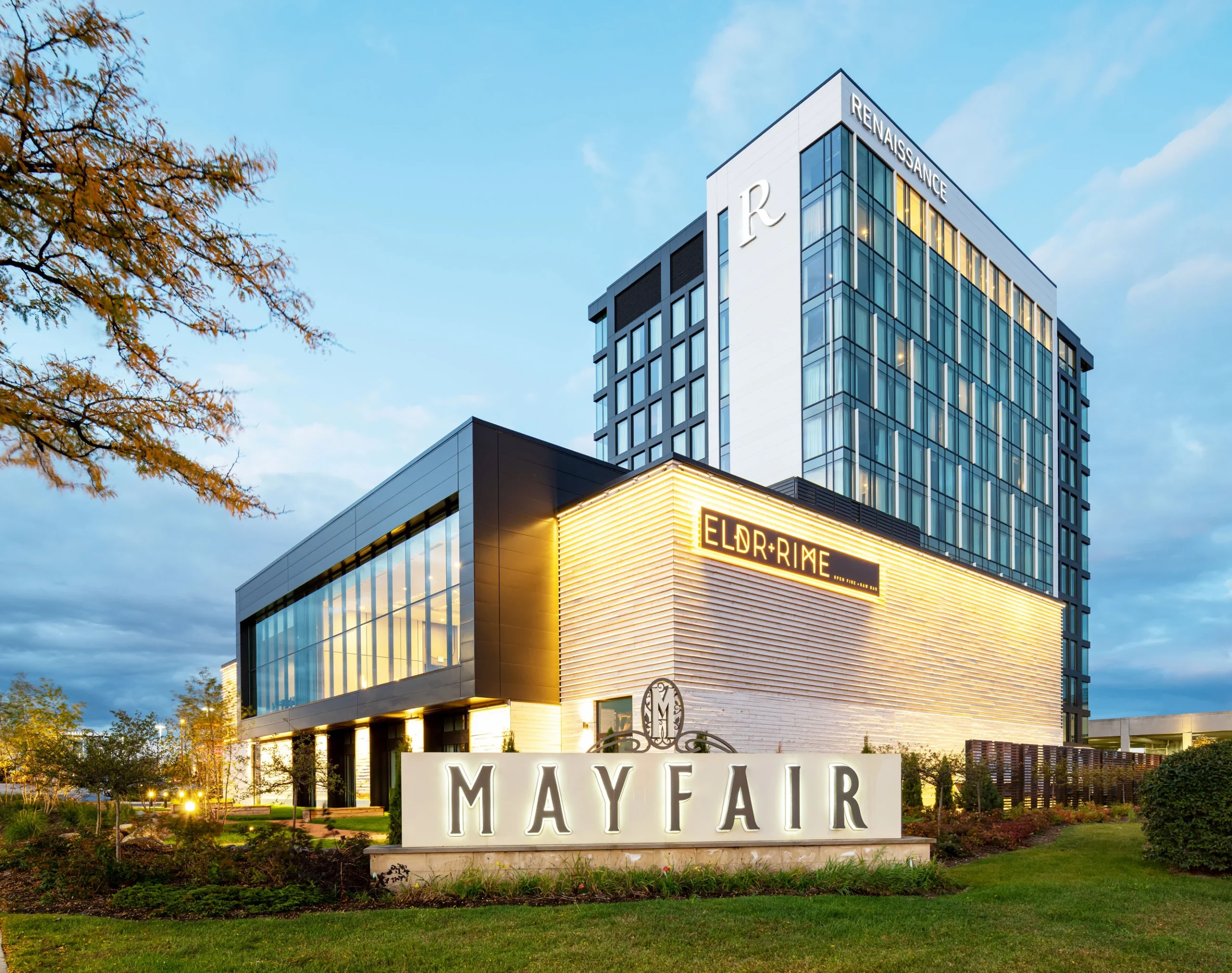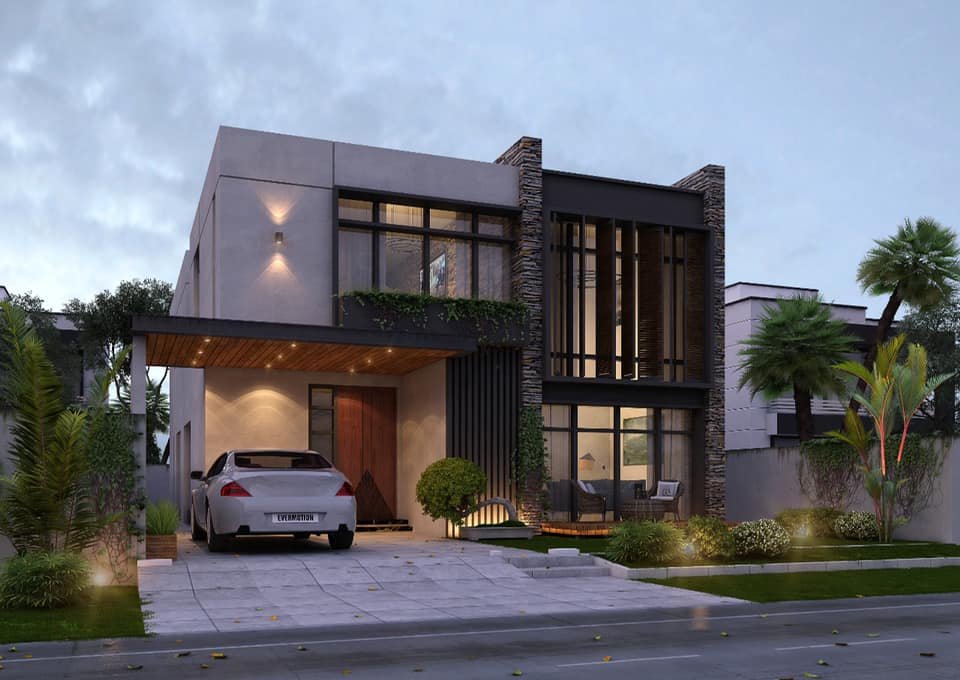
Optimizing Hospital Design for Patient-Centred Care

“The best way to find yourself is to lose yourself in the service of others.” – Mahatma Gandhi
In the intricate tapestry of healthcare, where every thread represents a life, hospital design is the loom upon which the fabric of healing is woven. It’s not just about aesthetics; it’s about creating spaces that promote patient-centred care, safety, and comfort. Statistics bear testimony to the significance of patient-centred design:
- According to a Press Ganey report, 75% of patients consider the physical comfort of a room as an important factor in their hospital experience.
- A study in the Journal of Hospital Administration revealed that patient satisfaction is closely linked to hospital design and layout, impacting HCAHPS scores and overall hospital reputation.
Let’s embark on a journey through the process of optimizing hospital design for patient-centred care, uncovering its benefits, and exploring Astron’s specialization in this transformative field.
The Blueprint: Steps in Optimizing Hospital Design
Empathetic Space Planning: Patient-centred design begins with empathy. Hospitals should be intuitively organized to reduce patient and staff stress. This involves thoughtful placement of departments, minimizing long walks, and ensuring easy access to essential facilities.
Inclusive Design: To cater to diverse patient needs, inclusive design principles should be applied. This means creating spaces that accommodate people of all abilities, including those with disabilities, to ensure equitable access and care.
Healing Environment: Patient rooms should be designed as healing environments, utilizing natural light, calming colours, and noise-reducing features. This nurturing atmosphere aids in the patient’s psychological well-being, supporting the healing process.
Technological Integration: The integration of cutting-edge technology is a must. Telemedicine, Electronic Health Records (EHRs), and smart patient monitoring systems enable efficient care delivery and streamline processes.
Ergonomic and Comfortable Furnishings: Patients spend a significant amount of time in hospital rooms. Ergonomically designed furnishings not only enhance patient comfort but also improve staff efficiency. Adjustable beds and well-placed outlets for devices are just a couple of examples.
Safety and Infection Control: Patient safety is paramount. Hospital design should include infection control measures such as adequate isolation rooms and hand hygiene stations. Ergonomic design can also reduce the risk of falls.
The Benefits of Patient-Centred Design
Improved Patient Outcomes: Patient-centred design has been linked to reduced complications, shorter hospital stays, and improved overall health outcomes. Patients feel more in control of their recovery.
Enhanced Safety: Hospitals designed with a focus on patient safety reduce the risk of medical errors and falls, contributing to improved overall safety.
Increased Satisfaction: Satisfied patients are more likely to adhere to treatment plans, reducing readmission rates and healthcare costs.
Attracting and Retaining Talent: Hospitals that prioritize patient-centred care and offer an appealing work environment are better positioned to attract and retain top healthcare professionals.
Astron’s Specialization in Hospital Design
Astron Group, a trailblazer in healthcare consulting and design, specializes in creating hospital spaces that prioritize patient-centred care. With a commitment to improving healthcare environments, Astron focuses on:
- Incorporating Evidence-Based Design: We at Astron leverage research and data-driven insights to inform our design decisions, ensuring that every element of a hospital contributes to the well-being of patients and staff.
- Customization: We understand that every healthcare facility is unique. Our designs are tailored to the specific needs and objectives of each hospital, promoting patient-centred care at its core.
- Sustainability: We integrate sustainability into our designs, making healthcare facilities not just healing spaces but also environmentally responsible ones.
- Innovation: We embrace cutting-edge technologies, from smart patient rooms to efficient workflow solutions, to create healthcare spaces that are both future-ready and patient-centric.
- Collaboration: We collaborate closely with healthcare professionals, administrators, and patients themselves to ensure that our designs truly reflect the needs and desires of the people who use these spaces.
In Conclusion
Patient-centred care isn’t a buzzword; it’s a commitment to humanity. The transformation of a hospital from a blueprint to a place of healing is a journey that holds the power to save lives, improve outcomes, and elevate the healthcare experience for all. By optimizing hospital design for patient-centred care, we are not merely creating spaces; we are shaping the future of healthcare, one compassionate step at a time.
As Mahatma Gandhi wisely noted, losing ourselves in the service of others is the ultimate path to finding our true purpose. In the case of healthcare, that service begins with thoughtful and patient-centric design.



